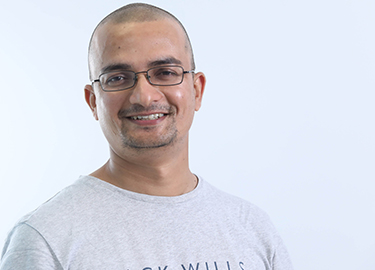
Dr Pankaj Sharma, Research Fellow, UNSW
Tungsten ditelluride, WTe2, a layered transition metal dichalcogenide (TMD), displays superior physical and electronic properties and offers a fertile playground to study physics in low- dimensional materials with nontrivial band structures. However, WTe2 oxidizes in the air, leading to the formation of a surface oxide layer that introduces disorder and deteriorates electronic charge transport. This surface oxide, therefore, suppresses the intrinsic properties of WTe2 and can lead to the degradation of device performance.
In this study, we report the formation of surface oxide and its kinetics in WTe2 single crystals through a combination of atomic force microscopy (AFM), Raman spectroscopy, and ellipsometry measurements. The measurements reveal nonuniform surface oxide dynamics, which upon saturation after several hours of atmospheric exposure yields a self-limiting approximately 2.5-nm-thick amorphous surface layer.
In addition, in a controlled environment involving a continuous flow of nitrogen (N2), the formation of surface oxide is considerably impeded. These results offer insight into the surface degradation mechanisms of WTe2, which should be taken into account when striving for the optimal design and performance of WTe2-based devices.
About the presenter
Dr Pankaj Sharma is a postdoctoral research associate working with A/Prof Jan Seidel at UNSW. Dr Sharma’s expertise lies in the area of scanning probe microscopy techniques and ferroelectric complex-oxides.
Within FLEET, Dr Sharma is working on electric-field induced controlled rewritable manipulation of topological interfaces such as ferroelectric domain walls, and LaAlO3/SrTiO3 hetero-interfaces at the nanometre length scale for development of ultra-low energy nanoelectronic devices (Research Theme 1, topological materials and Enabling Technology Theme B).
